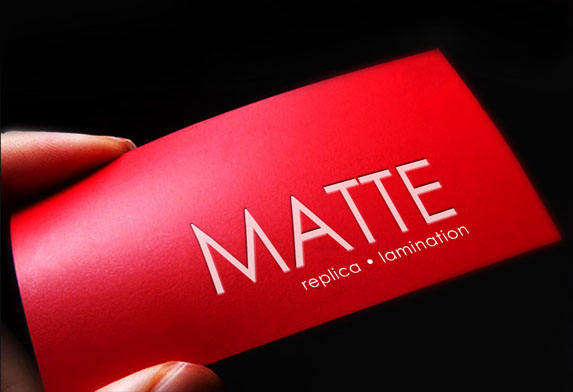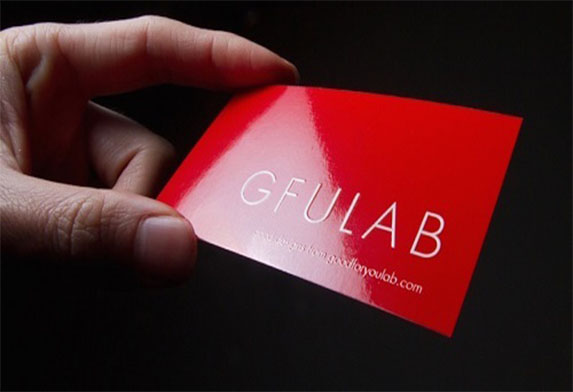Involving Packaging Durability and Quality of The Lamination Process Can Not Be Ignored
Packaging is the first spokesman for the product, is to help the brand stand out in the consumer market is an important factor, packaging design is not a simple design draft, but a complete set of packaging solutions, involving packaging durability and quality of the lamination process can not be ignored.
Definition
Lamination, also known as gluing, is a post-press technology in which a transparent plastic film is applied to the surface of a printed product by hot pressing to form a paper-plastic combination. Lamination not only gives the package a polished look, but also helps prevent scratches and other damages.
Features
The laminating process is highly protective, protects the printed colors, avoids abrasion and scratching, and enhances the toughness of the printed materials.
Classification
According to the different laminating effects, the films we commonly use in our daily printing and packaging are matte film, glossy film, anti-scratch film, laser film, tactile film, etc., of which matte film and glossy film are the most common. Matte film adds a sense of high quality to the package through the non-reflective matte surface; glossy film makes the package brighter and enhances the expressive power.
Matte Film

Benefits
Matte films reduce reflective glare, ensuring that the package design is protected and not affected by reflections from any angle. The matte finish also adds a degree of richness and packaging caliber that can help products stand out on the shelf.
Another benefit of matte film is that it hides minor imperfections in the packaging material and adds to the tactile feel of the package. This is especially useful for materials made from recycled packaging or customized packaging that must withstand harsh treatment.
Disadvantages
While it can make colors look softer, it can also dull colors and reduce the vibrancy of images on the package. Additionally, it is not as durable as glossy film and scratches more easily.
Overall, matte film is the ideal process when a textured yet understated look is desired.
Glossy Film

The Benefits
One of the biggest benefits of gloss lamination is that it enhances the vibrancy of colors and the quality of images on packaging materials, making them appear sharper and more vivid. If a brand wants to convey a brighter, younger feel, glossy film is an ideal choice. Bright films are also abrasion, scratch and moisture resistant, properties that make laminating films an ideal solution for high-end food packaging, cosmetic packaging and gaming packaging.
Disadvantages
The reflective nature of laminating film can make it difficult to read text or photograph packaging under certain lighting conditions. Glossy films are also more likely to show fingerprints and smudges than matte films, so it is important to choose a primary color when designing your packaging, as lighter colors will show fewer fingerprints.
Different laminating films have their unique advantages and disadvantages. With the packaging screen, structure design, combined with the product characteristics, choose the right process, can help to improve the texture of the packaging products.
After the lamination is completed, the next step is to carry out the UV or hot stamping process







